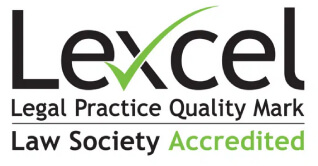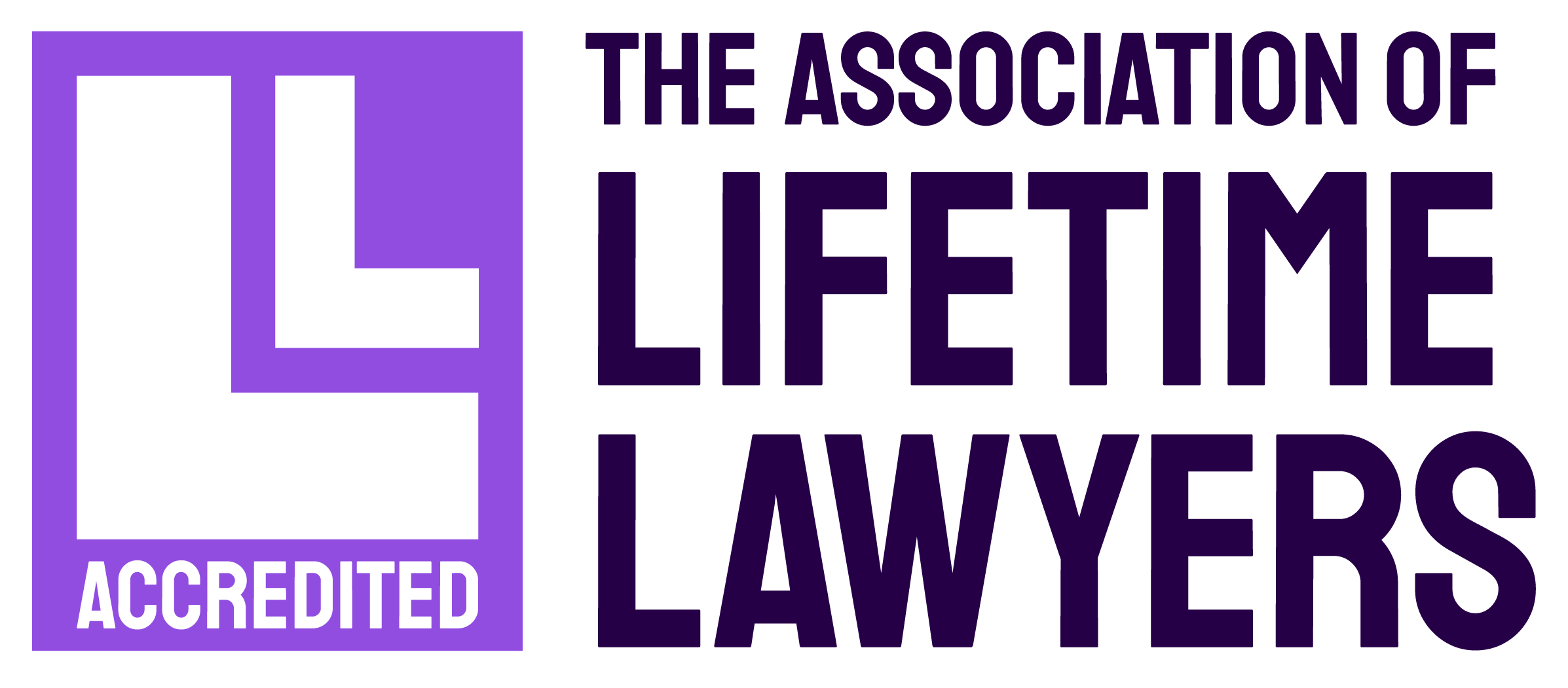Buying a listed property – what do I need to know?
We feel very privileged to have offices located in Hertfordshire and Essex, two counties absolutely packed full of heritage properties with origins often dating back centuries. Many of these properties are ‘listed’, meaning that they “may not be demolished, extended or altered without special permission from the local planning authority”. Listed buildings can be placed into one of three categories. Of over half a million listed buildings in England alone, just 2.5% fall into the Grade I category, meaning they are considered to be buildings of exceptional interest. The next category is Grade II*, which comprises 5.5% of listed buildings (deemed to be particularly important and of more than special interest). The overwhelming majority of buildings (including most residential properties) fall into the Grade II category – of special interest and national importance. [1]
Of course, it goes without saying that there are many benefits to purchasing such properties. They are stunning to look at and are an integral part of our country’s rich history. In addition, a listed building’s status holds prestige, and your property will likely continue to increase in value until you are ready to sell it. On the other hand, it would be misleading to say they don’t come without certain legal complications. Below, we have listed some of the aspects it may be wise to think about carefully before taking the plunge.
It may affect future alterations to your property.
If you plan to renovate or make alterations to either the interior or exterior of your property, you should be prepared for a potentially lengthy process to obtain ‘Listed Building Consent’. You will have to apply to your local authority for permission, who will base their decision on whether your planned alterations could damage the state of the building and any special features.[2]
It’s your responsibility to keep the property in a good state of repair.
If a local authority has reason to believe that reasonable steps are not being taken to preserve a listed property, it can serve a Repair Notice on the owner. This will list the repair works needed to return the building to an acceptable state, which can be expensive. If after two months the property remains in a state of disrepair, the local authority can acquire the building via compulsory purchase in order to ensure its preservation. [3]
Listed properties can be expensive to repair and insure.
Costs for repairs on listed buildings can run high, as specialist tradesman and materials may be needed to complete them to a high standard. Insurance premiums are also often higher than for non-listed properties, as the current owners of a building are actually liable for any unauthorised works carried out by previous owners. [4]
Despite these perhaps more difficult aspects of owning a listed property, in our opinion the pros far outweigh the cons. Of course, having expert solicitors on hand with wide experience in dealing with the legal complexities inherent in purchasing and owning listed properties can really help to speed up proceedings (and reduce your stress levels!). Our specialist Residential Property and Town and Country Planning departments work in tandem to take their clients’ transactions successfully through to completion, as well as assist with any planning issues that may arise during their ownership.
[1] https://britishlistedbuildings.co.uk/site/about-listed-buildings/#.XZ3ZoUZKhPY
[3] https://historicengland.org.uk/images-books/publications/stoppingtherot/heag046b-stopping-the-rot/
[4] https://www.justdoproperty.co.uk/the-pros-and-cons-of-living-in-a-listed-building/























